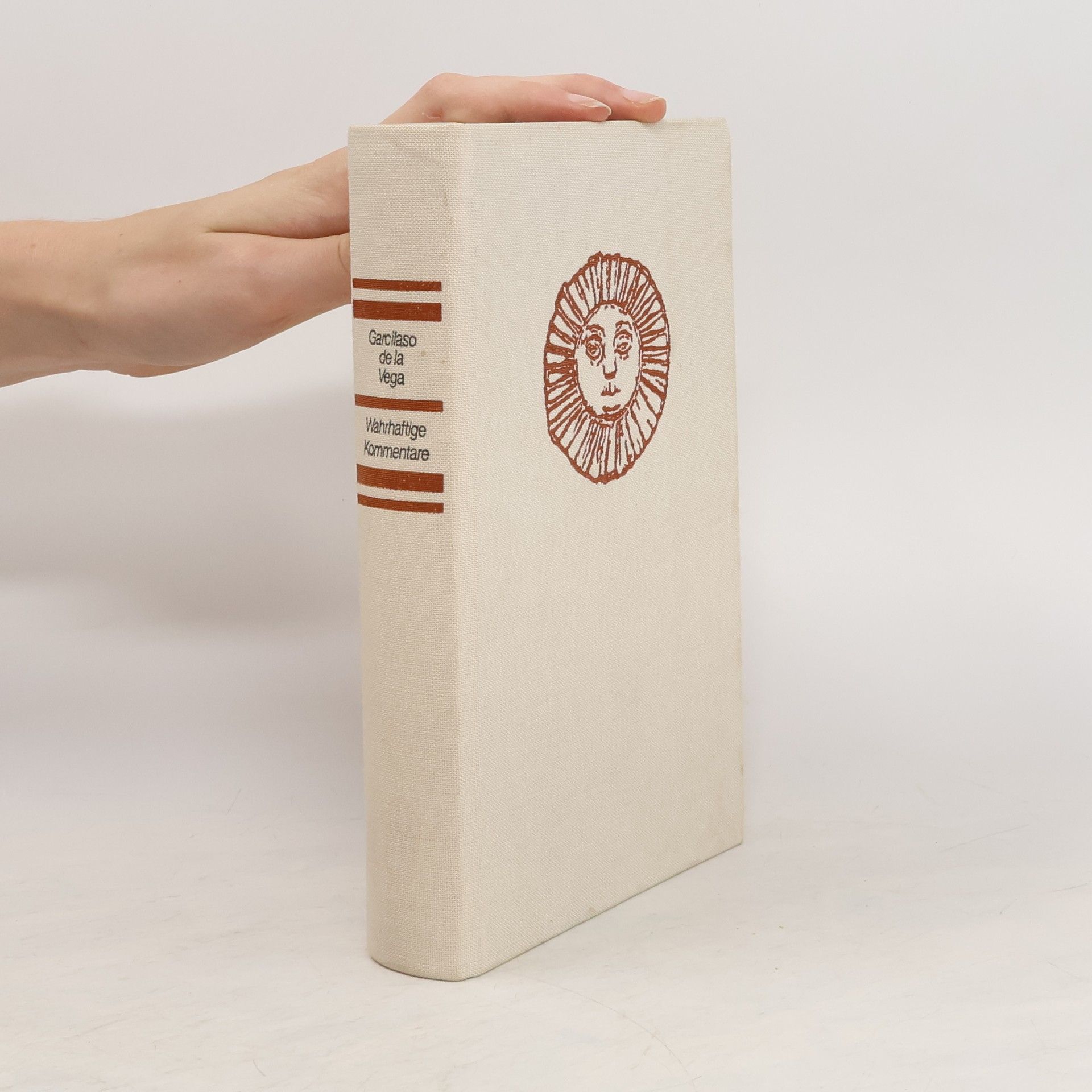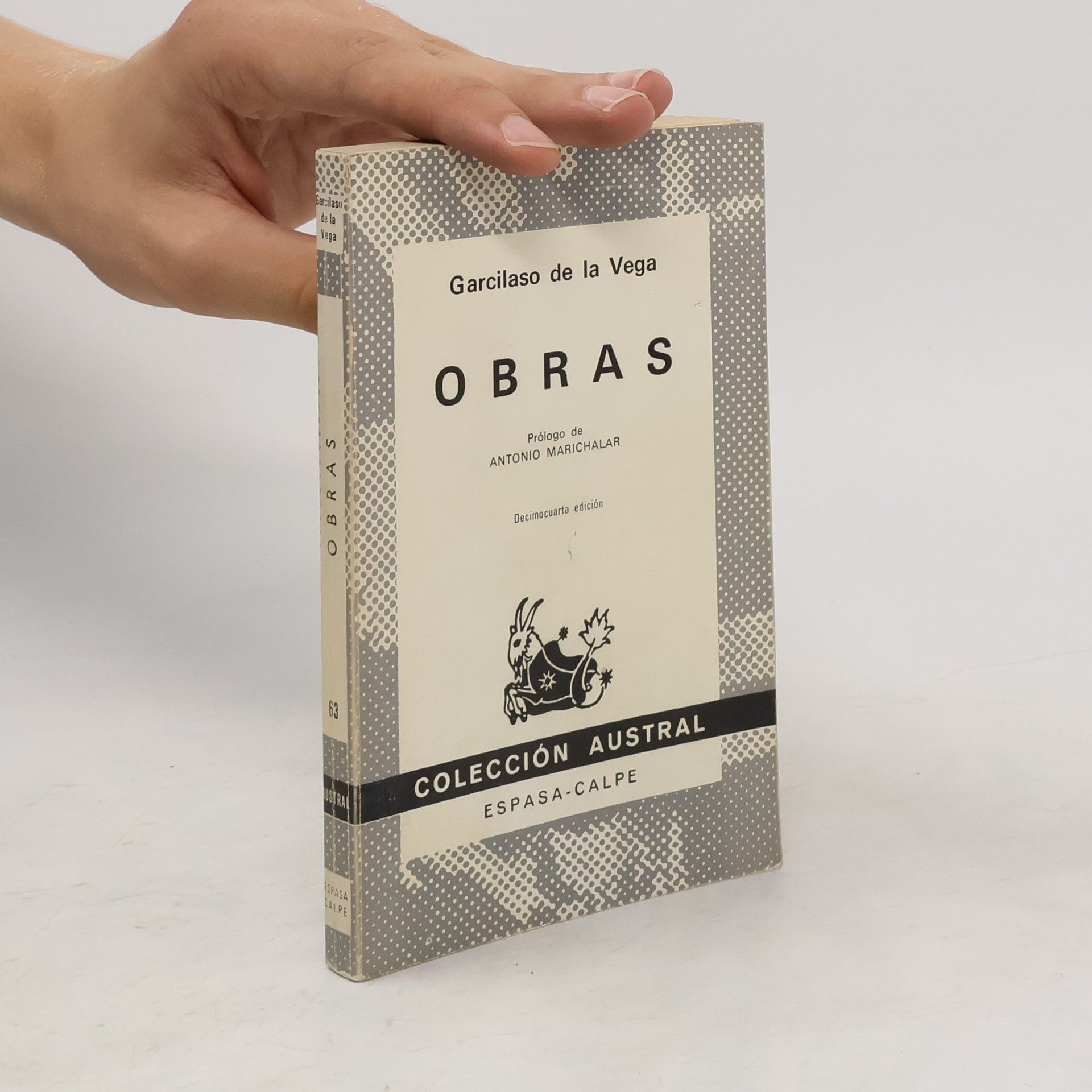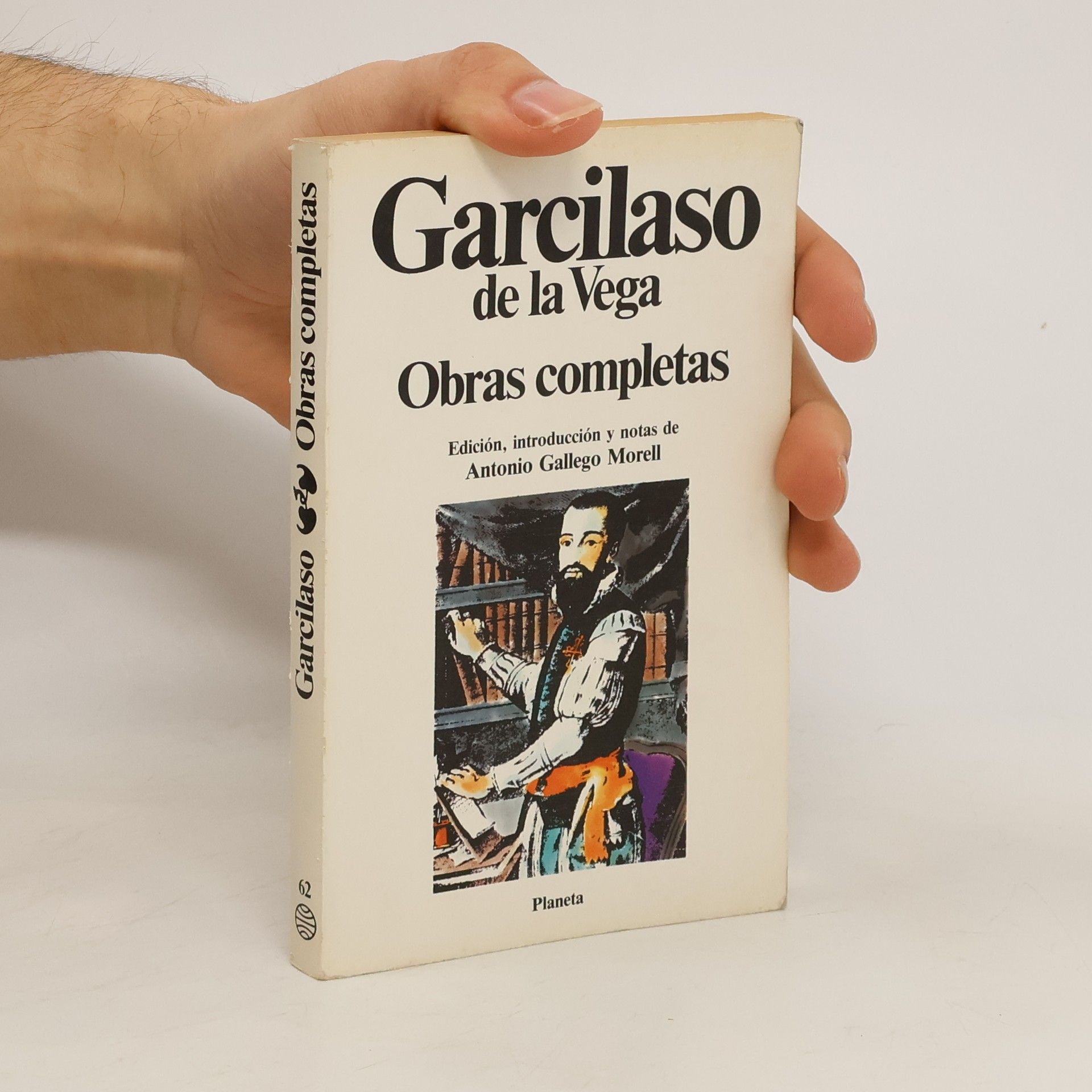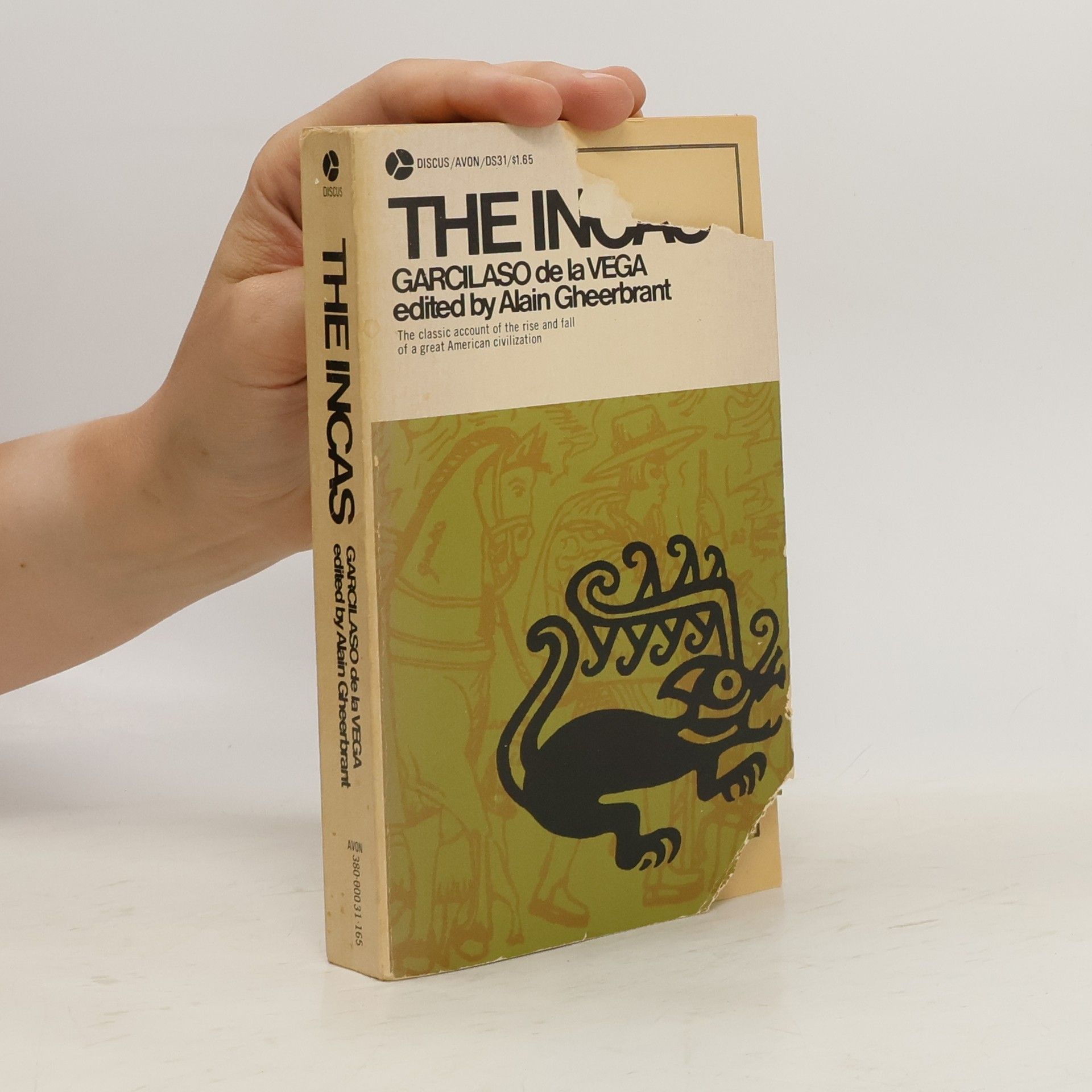The Rise and Fall of the Inca Empire. Originally written in Spanish by Garcilaso de la Vega as The Royal Commentaries, Part 1. In point of fact, he continued to write The Royal Commentaries, Part 2, up until his death in 1616. Born of a Spanish Conquistador and an Inca mother, in Peru in the year 1539, de la Vega became one of South America's foremost writers. The translation of his writings by Alain Gheerbrant describe the Inca tragedy in heart wrenching detail. All I could think during my reading of it was how can man be so cruel to his fellow man.
Garcilaso de la Vega Books
Garcilaso de la Vega stands as a pivotal figure in Spanish poetry, embodying the spirit of the Renaissance. He masterfully introduced Italian verse forms, techniques, and themes into the Spanish literary landscape, profoundly influencing its development. His work often explores themes of love, passion, and contemplation, interwoven with the experiences of his military life. Garcilaso represents the archetypal learned man of his era, leaving an enduring legacy that shaped subsequent generations of poets.






"Garcilaso de la Vega escribe frente a lo que será la gran poesía española de aquellos siglos unas composiciones para las que no son necesarios los títulos: es una poesía esencial, en la que la anécdota apenas cuenta, en la que lo geográfico y lo biográfico se desdibuja. Por eso su decir sirvió luego para cualquier época y para cualquier circunstancia." -- Contracoberta
Poesías
- 235 pages
- 9 hours of reading
Garcilaso de la Vega fue el gran renovador de la poesía española del siglo XVI. Introdujo con acierto el estilo italianizante y transformó no solo la métrica, sino también el lenguaje y los temas de la poesía del momento. La belleza formal de sus composiciones y la elegancia de sus imágenes son algunas de las claves que explican por qué tanto su recreación del sentimiento como su retrato de la mujer amada forman parte ineludible del catálogo de la mejor literatura amorosa. Esta edición incluye una introducción que contextualiza la obra, un aparato de notas, una cronología y una bibliografía esencial, así como también varias propuestas de discusión y debate en torno a la lectura. Está al cuidado de José Rico Verdú, profesor de literatura española en la Universidad Nacional de Educación a Distancia.
Durante su breve carrera cortesana y militar, Garcilaso no publico ningún poema. Al morir a los 35 años de edad, su albacea literario fue su amigo y colaborador poético Juan Boscan. Este reunió todos los manuscritos garcilasianos que pudo encontrar, y al publicar sus propias poesías añadió como apéndice las de Garcilaso; el tomo titulado Las obras de Boscan y algunas de Garcilaso de la Vega se edito en Barcelona en 1543, casi siete anos después de morir el poeta. La publicación de este tomo fue un acontecimiento cultural de gran importancia puesto que significo el reconocimiento de la influencia de la poesía renacentista italiana en España. La primera parte de las poesías de Boscan estaba compuesta por canciones de versos cortos, en su mayor parte octosílabos, al estilo antiguo del siglo XV; pero el resto del tomo recogía la nueva versificación endecasílaba. Las formas estróficas eran el soneto, en primer lugar; la canción italiana, en estancias de endecasílabos y heptasílabos mezclados; los tercetos encadenados; las octavas reales; la rima interior; y los versos sueltos, sin rima alguna. Estas suaves innovaciones métricas ponían al alcance del lector español un mundo poético de paisajes clásicos y mitológicos, de narraciones y razonamientos discursivos ignorados en la versificación antigua española, dominada por la rima mas frecuente y aguda, por frases cortas y por imágenes abstractas, conceptistas.(De la Introducción de Elias L. Rivers)